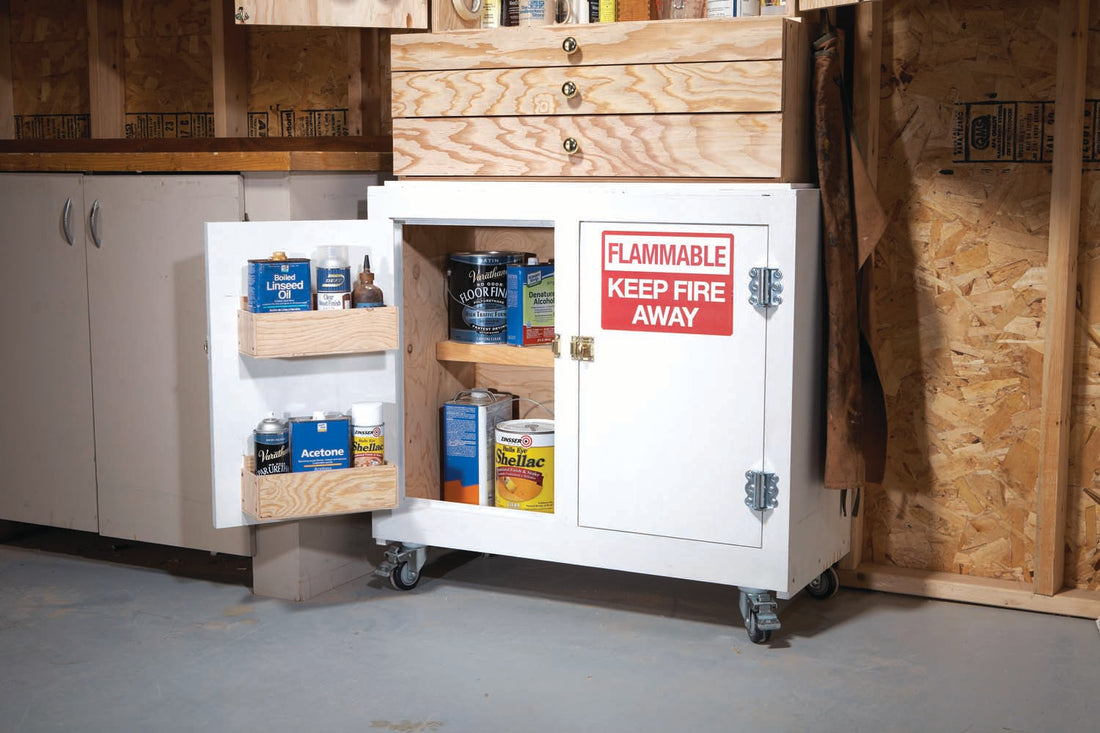
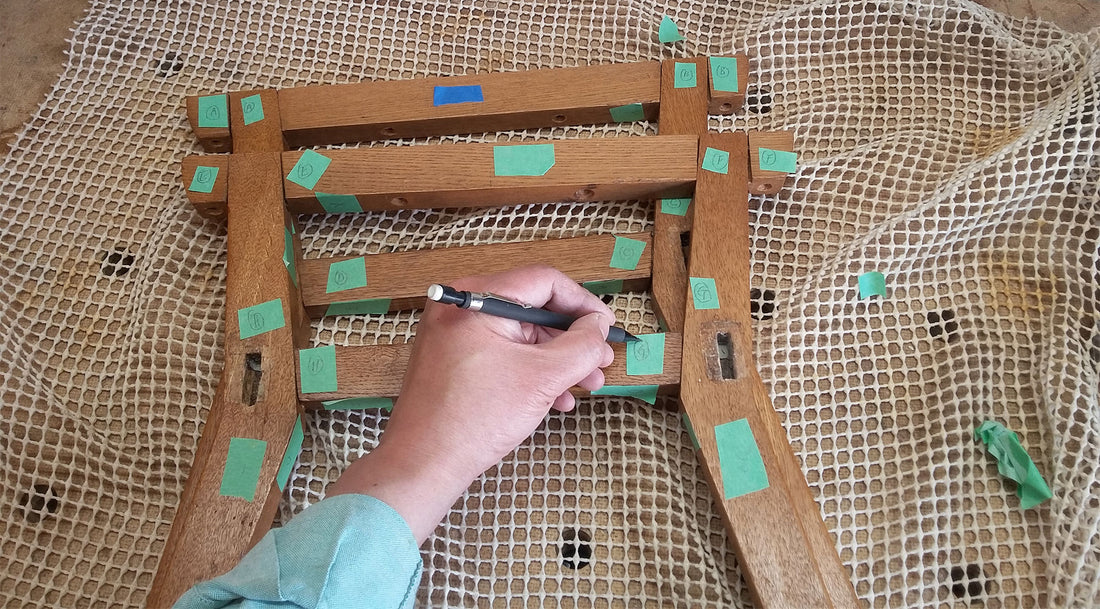
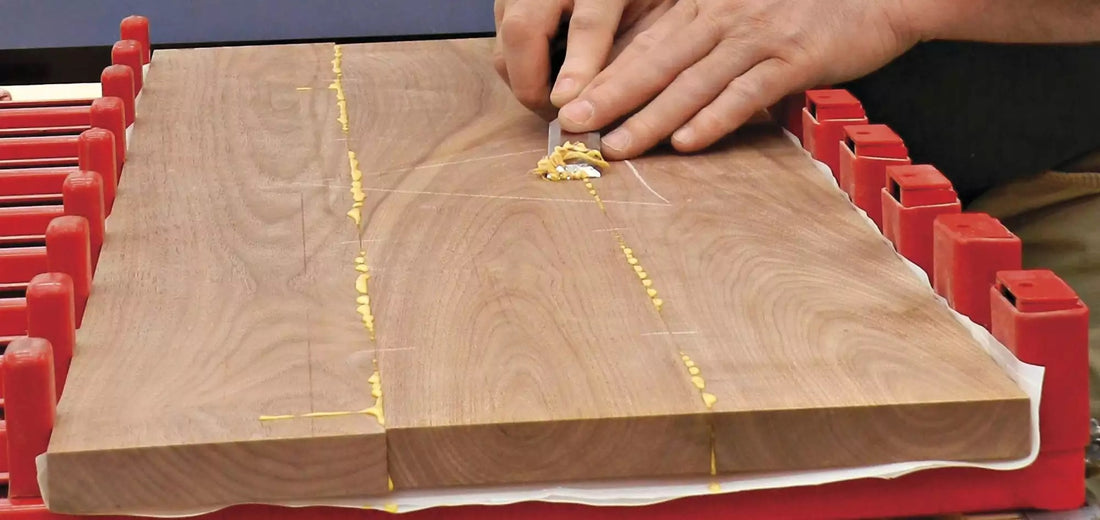
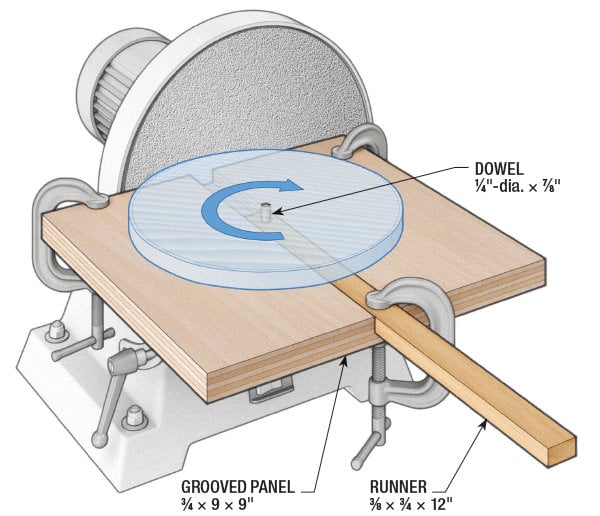
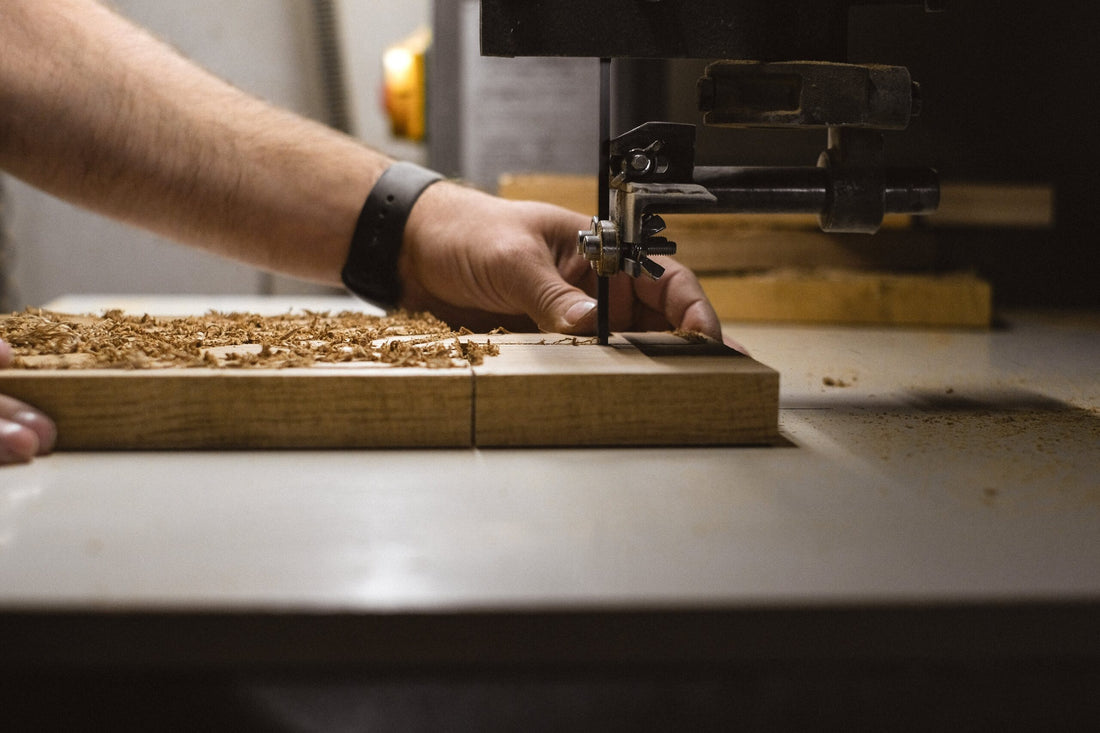
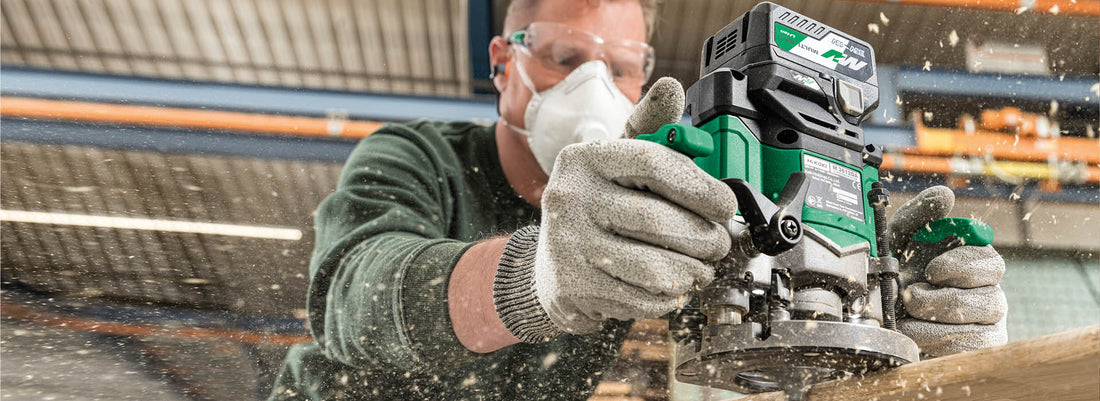
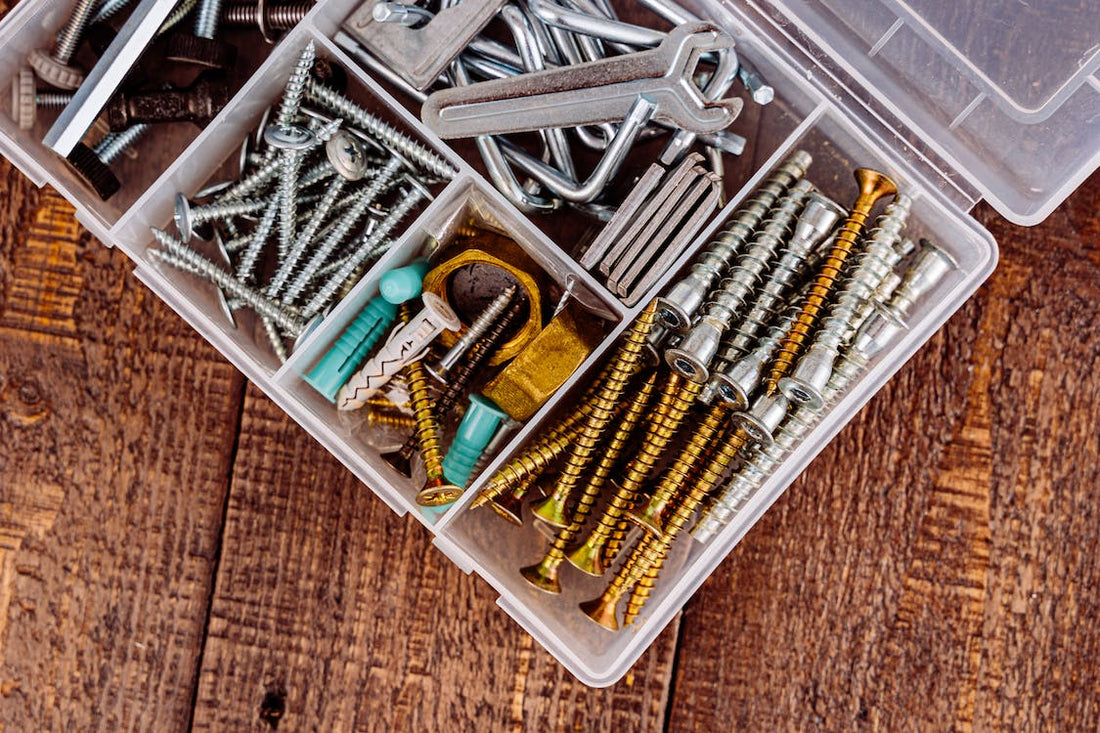
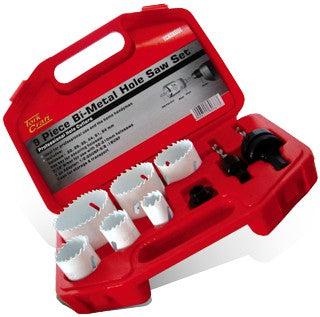
Choose The Right Woods For Outdoor Projects

This time of year, outdoor projects are the name of the game. Whether you’re building garden structures, fences, furniture, or outdoor decor, don’t forget one important factor: The type of wood you’ll use. You need to select the right wood to ensure that your outdoor projects will last.
Outdoor projects face a tough life due to exposure to sun, rain, and other elements, as well as to the hard use they get outdoors. So, when we’re building outdoor projects, most of us think about things like using the right kinds of fasteners, waterproof glue, and durable finishes. But not everybody thinks about using the proper wood.
Truth is, not all woods will hold up well outdoors. Woods like pine can work in protected areas, but they’ll begin to rot fairly quickly when fully exposed and may only last a few years. Pressure-treated pine lasts much longer thanks to chemical preservatives, making it great for decks, fences, and other structures. But treated pine isn’t a great choice for things like outdoor furniture. There are other wood choices, though, that will hold up well and look good outdoors. Here are four that work great. You are probably familiar with a couple, but the others may surprise you.


Most of us are familiar with cedar, and know that it’s a great choice for outdoor projects. Cedar is naturally resistant to decay, so it will last a long time. In fact, you can even leave cedar unfinished. It will weather to a silver–gray color that looks great. Or, you can apply a penetrating oil finish that will help preserve the golden tone for longer. Cedar is also lightweight, which makes it great for arbors, pergolas, and other structures that you may have to heft into place as you build.
“Rough-sawn” cedar that has one smooth face and one rough face can be found at any home center, but may not be suitable for some projects. Smooth cedar is available, too, but can be a bit pricey—especially in the higher grades that have fewer knots and straighter grain. Cedar also cuts easily, and accepts glue, screws, and nails well. Be cautious when cutting, though, as the sawdust can irritate your eyes and lungs. A dust mask and safety glasses (which you should wear while building anyway), are enough to prevent this irritation for most of us.


Redwood was a common choice for outdoor projects at one time. In fact, redwood patio furniture with flowered, puffy cushions was once all the rage. Like cedar, redwood naturally resists decay and is very durable outdoors. Plus, it has an attractive reddish-brown color that many people really like. These days, though, redwood can be tough to find. You may have to search out a specialty lumber dealer to get it. As such, redwood usually comes at a premium price that may put it out of reach for large projects. But it can still be a great choice for many kinds of small projects.
Redwood is also easy to cut, glue, and fasten, so you’ll enjoy working with it. Once again, be cautious of the dust as you work. Finishing is up to you. Leave it bare and let it weather, or apply an outdoor finish to help preserve the wood’s color.


Chances are that when you think about outdoor projects, oak is not a wood that comes to mind. Red oak—the kind that’s commonly used for furniture and molding in houses—is not suitable for outdoor use. But a cousin to that wood, known as white oak, is an excellent outdoor wood. It’s a dense, durable hardwood that’s very strong.
White oak, as the name implies, has a light color (more tan than white) that is quite striking. The grain pattern is similar to the oak you know, but tighter and without the open pores and wild grain lines you find in red oak. Finishing is a must if you want to preserve the color of white oak. Without a finish, it will weather to a dark brown or even black color, though it will still remain strong.
White oak is a premium hardwood, and carries a price to match. It’s more difficult to cut and shape, too, due to its hardness, but not overly challenging with good-quality tools. If you’re up for the challenges, though, white oak will let you create outdoor furniture that would be worthy of a place indoors.


Cedar, redwood, and white oak are great choices when you want to apply a natural finish or stain. But what if your outdoor project will be painted, like this planter (built by Shanty 2 Chic using plans from Ana White)? If that’s the case, consider using a wood called Douglas fir. This wood looks a lot like ordinary pine, and is similar. That means it’s a softwood that you can easily cut and fasten, just like pine. Douglas fir, though, is more resistant to decay, which makes it much better outdoors. Douglas fir can be sanded very smooth and it takes paint extremely well. You can apply semi-gloss paint (over primer, of course), or even high-gloss to achieve a sleek, smooth look.
You may have to search out a specialty lumber dealer to find Douglas fir, since it’s not carried in most home centers. (And don’t be fooled by the wood marked as “SPF”—meaning spruce, pine, or fir—in home centers. It’s not the same.) Even though Douglas fir can be a little tougher to find, you won’t have to pay a big premium for it. Douglas fir is more expensive than ordinary pine, but is usually fairly comparable to cedar.


